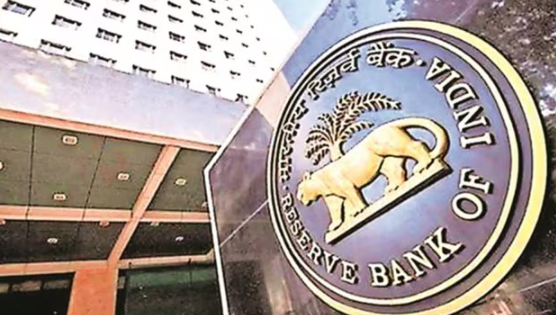Conversations around IPOs have gone mainstream. Families discuss them at dinner, colleagues refresh updates during tea breaks, and WhatsApp and Telegram groups burst into activity every time a new issue opens.
And at the center of almost all these conversations is one number: the Grey Market Premium (GMP).
It spreads fast, feels easy to understand, and appears to offer a quick prediction of listing gains. But in the final part of The Great IPO Gamble series, we look closely at how GMP—and the social media frenzy surrounding it—often misleads first-time investors.
What Exactly Is GMP?
GMP is the unofficial price at which IPO shares trade before listing, entirely outside the stock exchanges.
There is no regulation, no transparency, and no guarantee that these prices reflect real demand.
Market expert Ratiraj Tibrewal puts it plainly:
“GMP is entirely informal and unregulated. It reflects speculative sentiment, not real demand.”
He cites the recent Lenskart issue, where the GMP touched 108 at its peak but crashed to zero before listing.
Tarun Singh echoes the same warning:
“Retail investors must treat GMP as market noise. It doesn’t capture institutional demand and cannot reliably predict listing outcomes.”
Why Investors Keep Falling for GMP
The appeal is psychological.
Tibrewal says the simplicity is seductive:
“A high GMP feels like a tangible signal of strong listing gains.”
Singh adds:
“A single number like GMP +150 makes a 400-page prospectus feel unnecessary.
It gives an illusion of certainty—especially attractive to new investors.”
The Fog of GMP: When It Goes Wrong
GMP predictions fail more often than investors realise.
Tibrewal recalls:
“Paytm’s GMP suggested a premium. It listed at a steep discount.”
Singh notes that the disconnect between GMP and reality is widening:
- IPOs like NSDL, Orkla India, and Tata Capital had healthy GMPs but delivered flat or negative listings
- Groww, on the other hand, listed much higher than its muted GMP
His reasoning:
“GMP is set days in advance. It cannot factor in macro events or real institutional flows.”
Can GMP Be Manipulated?
Yes—and easily.
Since the grey market operates outside SEBI’s purview, a small group of traders can influence GMP through coordinated trades or hype.
Tibrewal warns:
“Insiders can inflate GMP to attract retail interest.”
Singh is blunt:
“GMP is market gossip. It hints at buzz but often exaggerates reality.”
What Actually Drives Listing Price
The real driver is institutional demand, not grey market chatter.
Tibrewal explains:
“QIB and anchor investor demand carries far more weight. Their orders come after real due diligence.”
Singh agrees:
“Listing price depends on the depth and quality of institutional interest.
Leveraged subscriptions may inflate GMP temporarily—but they don’t support the stock on listing day.”
If Not GMP, Then What Should Investors Focus On?
Experts say investors should track indicators grounded in fundamentals, such as:
- QIB & anchor investor participation
- Valuation vs peers
- Business model & profitability
- Use of IPO proceeds
- Governance track record
- Subscription breakdowns
Singh summarises it best:
“An hour on basics is infinitely more valuable than scrolling through GMP screenshots.”
How Social Media Amplifies the Hype
Platforms like YouTube, Telegram and X have turned GMP chatter into viral content.
Tibrewal says:
“Social media creates echo chambers that fuel FOMO.”
Singh adds:
“Screenshots are shared without context, pushing a ‘listing gain guaranteed’ narrative that misleads newcomers.”
Why First-Time Investors Are Most Vulnerable
New investors often mistake high GMP for guaranteed profits.
Tibrewal warns:
“It pushes them into overpriced IPOs with weak fundamentals.”
Singh notes the emotional impact:
“The damage—both psychological and financial—can be severe when these IPOs list poorly.”
Should SEBI Step In?
Both experts support stronger oversight.
Tibrewal suggests:
“SEBI should require GMP trackers to disclose methodology and license influencers who give IPO commentary.”
Singh points to SEBI’s current efforts:
“The proposed ‘when-issued’ mechanism will shift pre-listing activity to a regulated system.”
But he stresses:
“No regulation can replace investor responsibility.”
The Bottom Line: Check GMP, But Don’t Rely On It
GMP is not the villain.
The misplaced trust in it is.
It captures only a small slice of informal sentiment and often exaggerates reality. As more first-time investors enter the IPO market, understanding this distinction is essential.
GMP will continue to feature in IPO conversations—but it must remain what it truly is:
Background chatter, not a basis for investment decisions.




